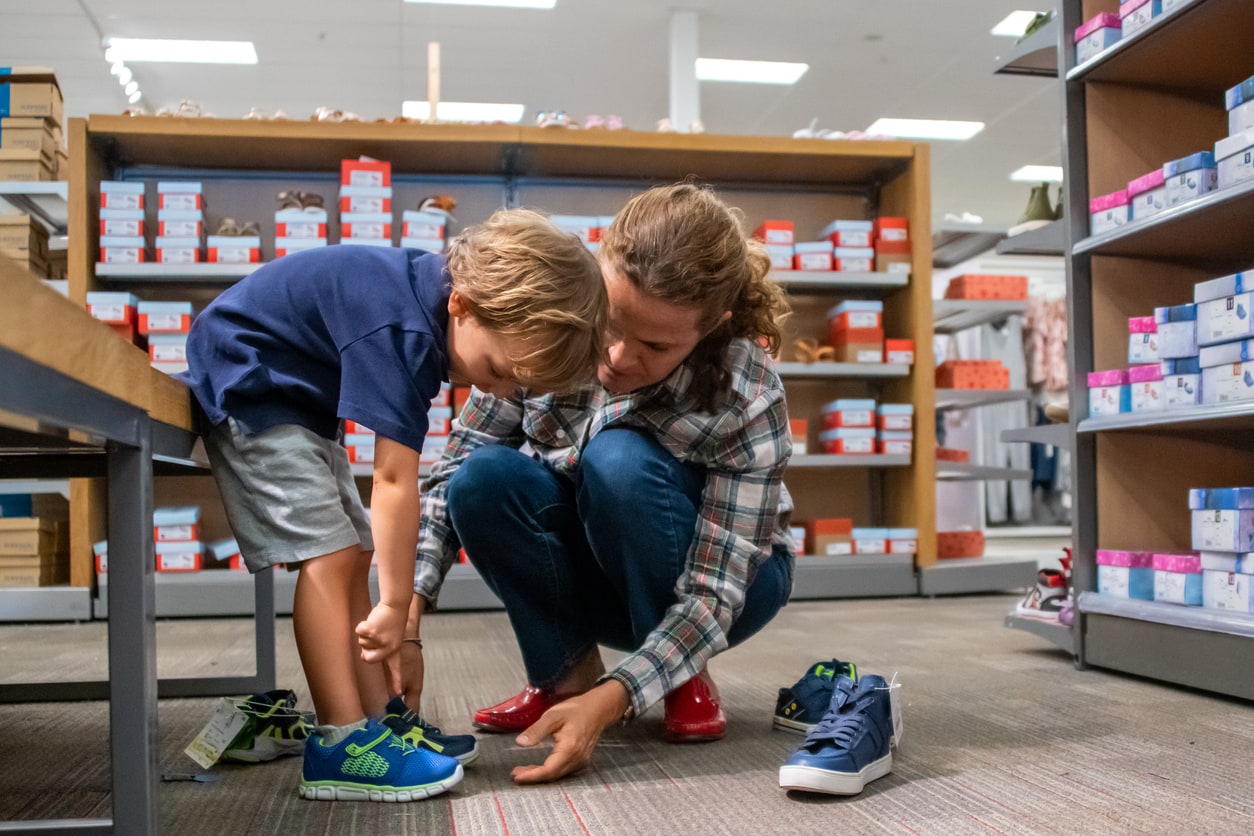If you’re looking for mentor text picture books to use in the classroom with students, here is a list of wonderful choices to teach and model making inferences. Use these books as read alouds to practice the important thinking and reading skill of making inferences.
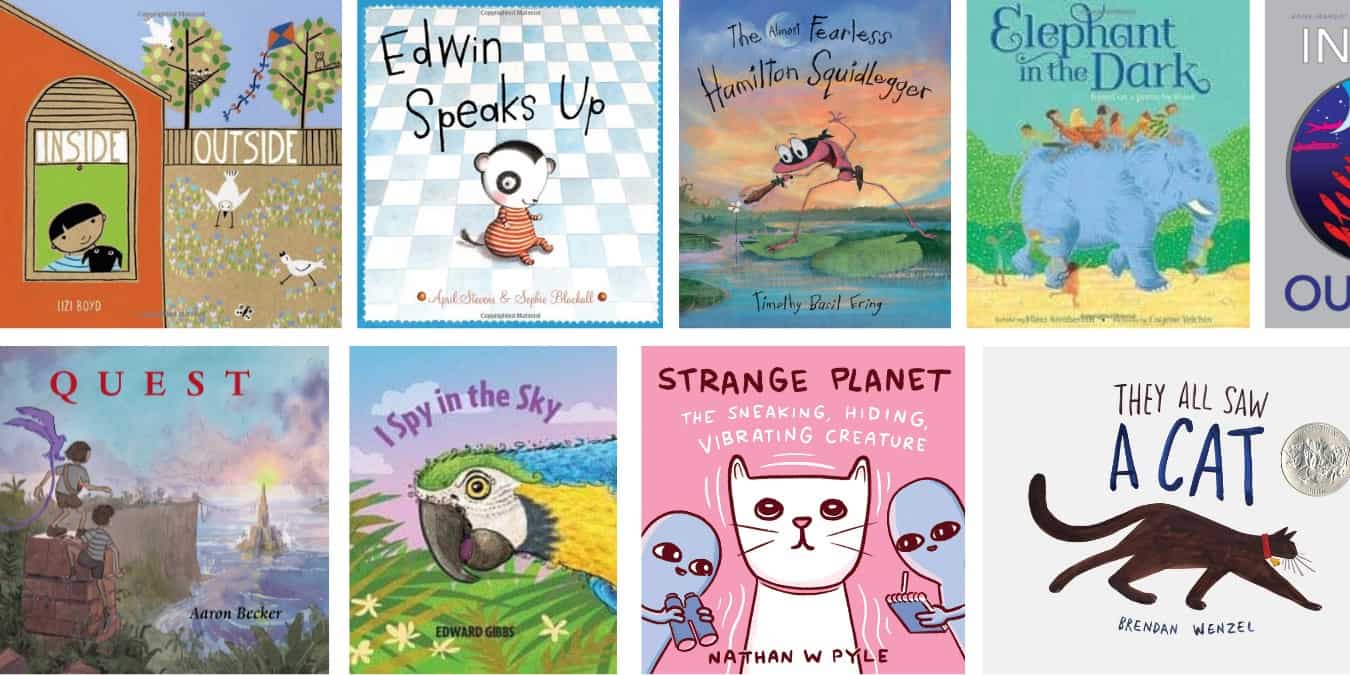
But first, what is inference?
Inference is when you use your prior knowledge in conjunction with clues in the text and illustrations to make an assumption or conclusion that is not explicitly stated in the text.
Children can make inferences about vocabulary words using the context of the sentence, also called context clues.
Kids can make inferences about the character’s motivations or feelings, too.
Even a prediction is a type of inference because you’re using what clues the author tells you to predict what might happen next.
Also, a quick but important grammar note: The correct -ing ending (present participle or gerund) of inference is inferring, NOT inferencing. INFERRING is the correct gerund of infer. Inferencing is not a word.
Use these picture books in your reading and writing classroom to model making inferences and practice deductive reasoning.
Making inferences is one of the higher-level reading skills that will improve reading comprehension.
PRINTABLE LIST
Mentor Texts for Making Inferences
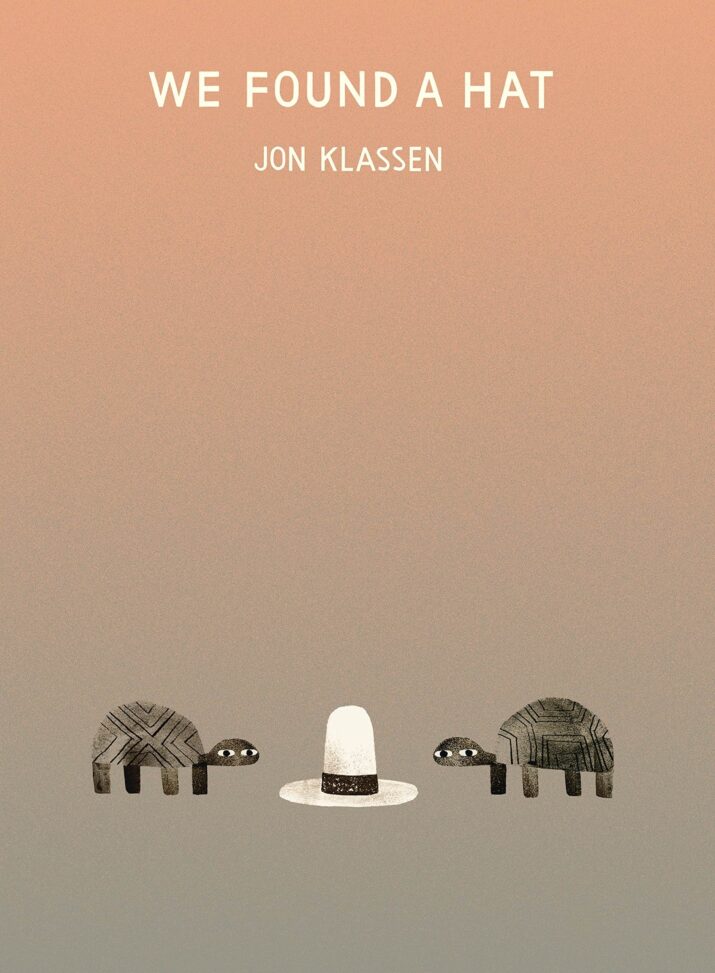
We Found a Hat by Jon Klassen
Two turtles. One hat. What will they do? Klassen shows the friends together, one turtle’s internal struggling with wanting to sneak back for the hat and the other friend sharing a dream about them both having their own hats. Illustrations tell much of this story, so pay close attention to their important clues!
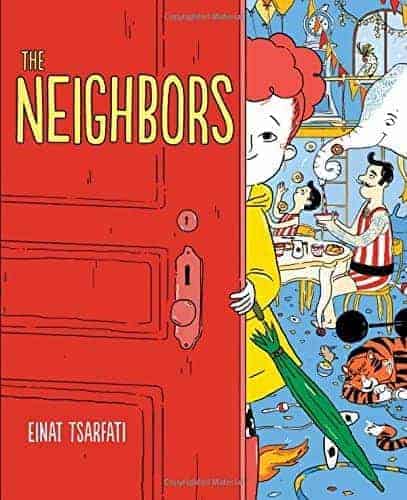
The Neighbors by Einat Tsarfati
Detailed illustrations of the front doors on a white background give the girl clues to make inferences about what’s happening inside. For example, behind the door surrounded by plants and muddy footprints, the girl imagines it’s the home of an old explorer and his pet tiger.
How is the girl making inferences and predictions in her apartment building?
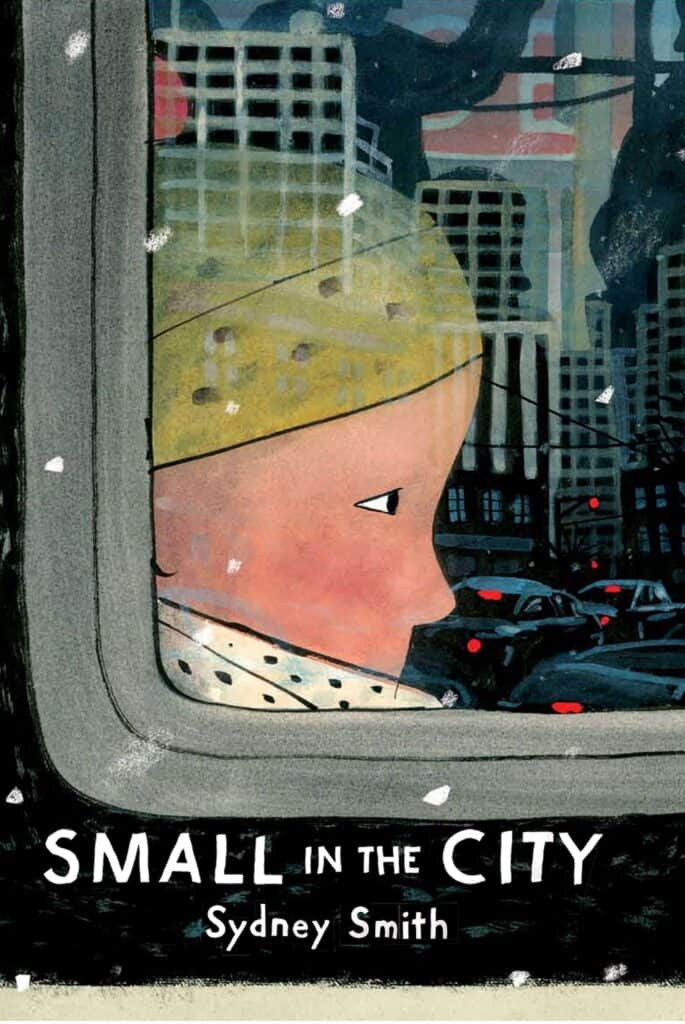
Small in the City by Sydney Smith
With a strong sense of place, see a big city from a child’s point of view, a city that can be both scary and wonderful. The child shares tips about the city places, but who is he talking to? It’s not us… Can you search for clues that will help you draw a conclusion? Evocative, emotional visuals with dark, black lines will make you feel so connected to this child — especially at the end.
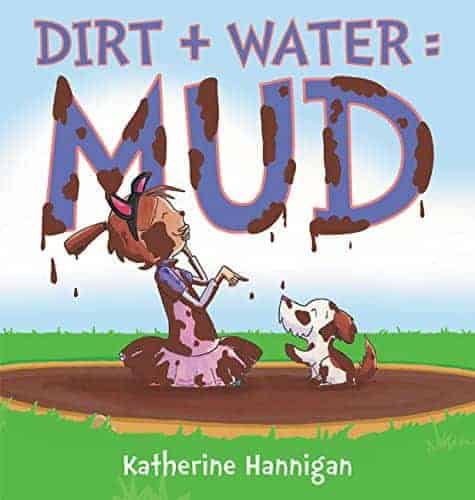
Dirt + Water = MUD by Katherine Hannigan
Girl plus best friend dog plus imagination equals a delightful picture book of pretend play fun. What else can you combine to make something new? (How very like an inference!)

Birrarung Wilam: A Story from Aboriginal Australia by Aunty Joy Murphy and Andrew Kelly, illustrated by Lisa Kennedy
Use this story to discuss learning a new language, geography, context clues, language, inferences, and culture! The story is written in both English and the Woiwurrung language, which children won’t immediately understand without support. You’ll read about the beautiful Yarra River and the plants and wildlife that live near it. Luminous, lush illustrations and enticing text celebrate aboriginal culture and nature. Search for clues in the illustrations and text to infer the meaning of the new words. “As ngua rises, Bunjil soars over mountain ash, flying higher and higher as the wind warms. Below, Birrarung begins its long winding path down to palem warreen.”
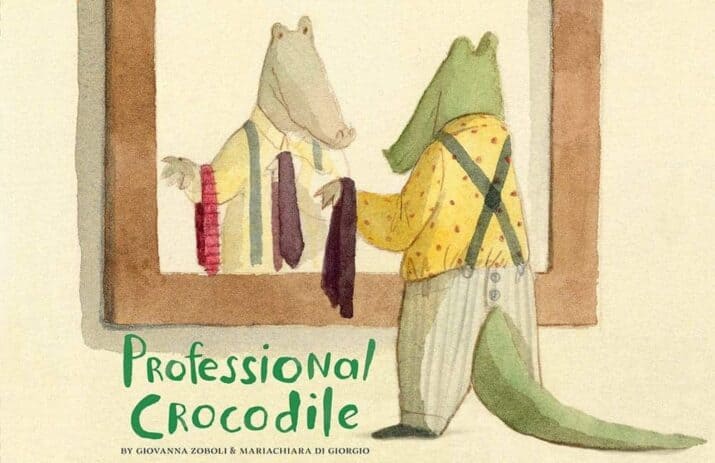
Professional Crocodile by Giovanna Zoboli & Mariachiara di Giorgio
Watch the crocodile wake up in his bed, get smartly dressed, and embark out of the house for his job. Pay attention to the illustrations. Notice the details. Where is he going? The answer is a wonderful surprise!
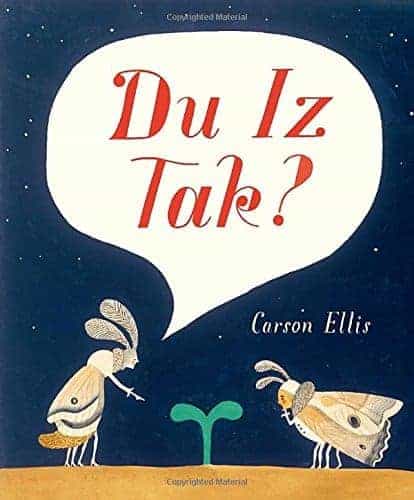
Du Iz Tak? by Carson Ellis
Watch this growing plant and the bugs that live around it. These bugs speak an invented language. Use the illustrations to make inferences about what they are saying.
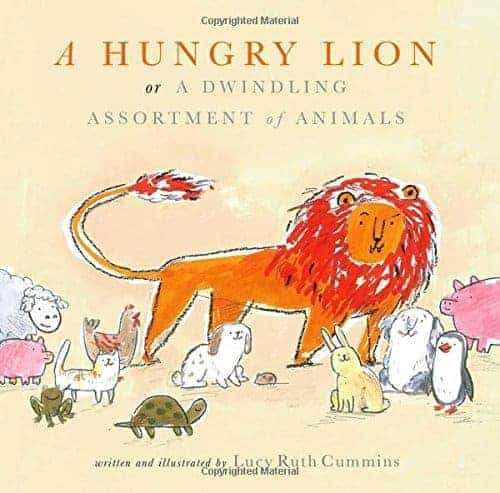
A Hungry Lion or Dwindling Assortment of Animals by Lucy Ruth Cummins
This picture book tricked me — and it will trick your kids too. First, we meet a hungry lion and an assortment of animals, who all begin to disappear one by one. Can you predict what is happening?
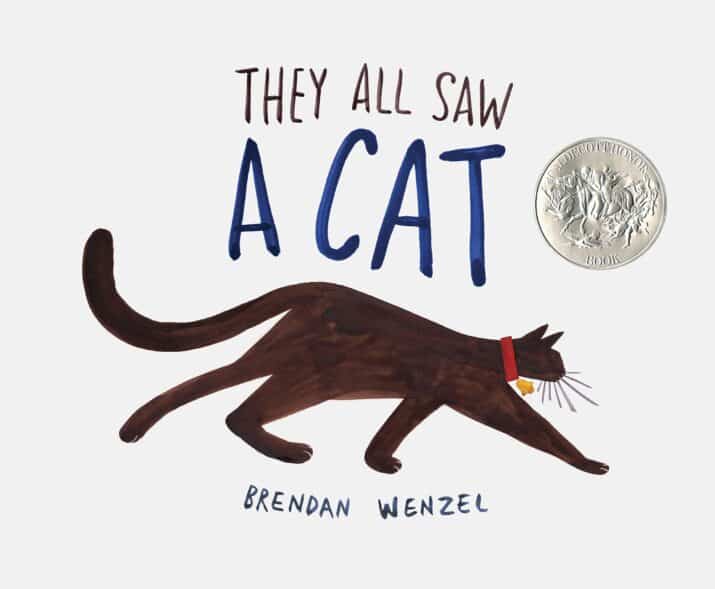
They All Saw a Cat by Brendan Wenzel
Use this beautiful book to talk about perspective. The cat walks through the world and is seen by different creatures, each who sees the cat differently depending on their background knowledge. Discuss how the different animals make inferences based on who they are and their own background knowledge.
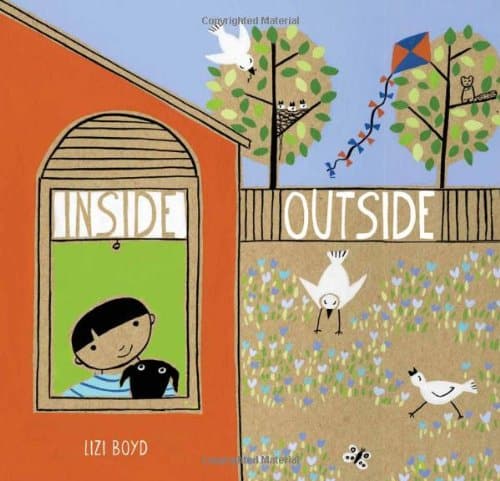
Inside Outside by Lizi Boyd
If you’ve never read a wordless picture book, you must read this one with its detailed illustrations on kraft paper and revealing die-cuts sharing glimpses of . . . well, that’s for you to infer.
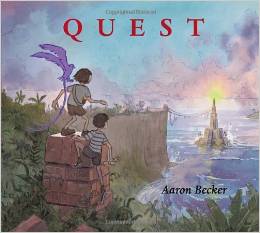
Quest by Aaron Becker
Quest is an enchanting and imaginative picture book written only in pictures that will transport you to a magical world. My kids and I poured over every beautiful detail in the pictures, and so will you. You’ll follow a boy and girl with a purple (magical) bird on their quest to save the king and his kingdom.
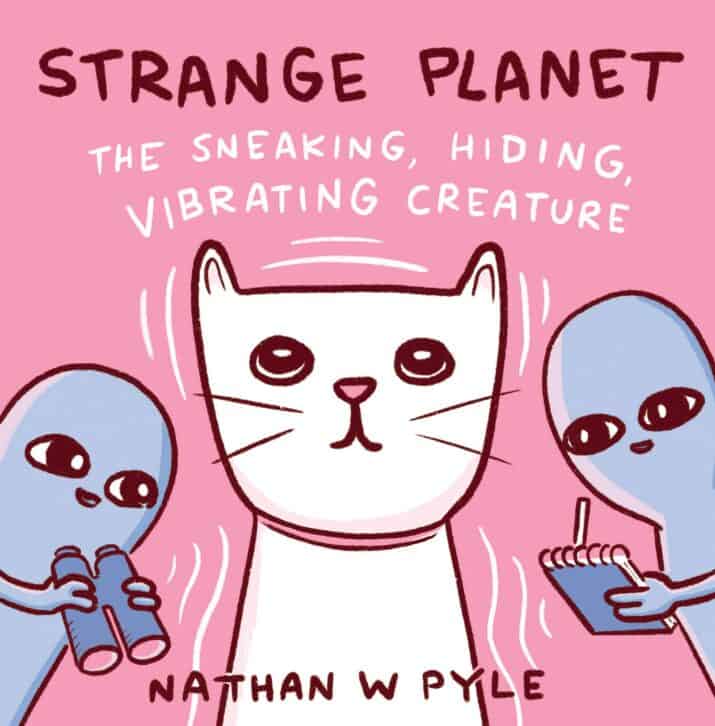
Strange Planet The Sneaking, Hiding, Vibrating Creature by Nathan W. Pyle
Two aliens investigate the strange creature prowling around their house. First, they notice and record the creature’s behaviors. Next, the aliens try to imitate the behaviors but, unfortunately, can’t quite do any of them very well — which is quite funny. As they narrate their day, encourage readers to make inferences about the vocabulary that the aliens use for everyday objects; words like “starblock fabrics” and “ink cylinder”. Highly recommended!

Tuesday by David Wiesner
This is a particularly unusual picture book that is 100% perfect for making inferences. Because on this Tuesday, frogs fly on lily pads. And you’ll need to see if you can figure out what is going on in this world!

Elephant in the Dark based on a poem by Rumi, retold by Mina Javaherbin, illustrated by Eugene Yelchin
Remember this famous story about perspective and truth? In this lovely picture book adaptation, a merchant arrives with a mysterious beast which he puts into a barn. The villagers are anxious to figure out what it is so they each creep into the dark barn and feel part of the beast. One thinks it’s a snake, the other thinks it’s a fan, another thinks it’s a tree trunk, and so on. Why do they make the deductions they do?
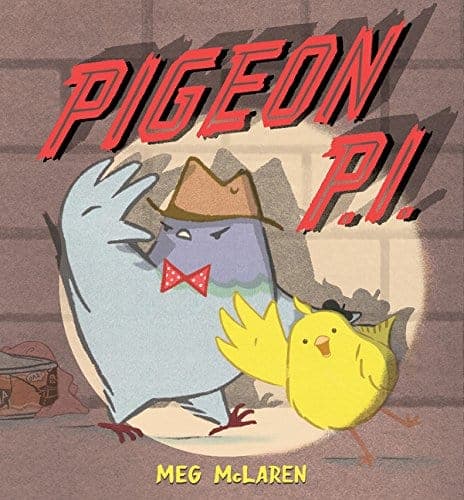
Pigeon P.I. by Meg McLaren
A little canary asks Pigeon P.I. (private investigator) to help her find her missing friends but then the canary goes missing, too. It’s up to Pigeon to solve the missing bird mystery. The author writes in the style of the old detective shows– punchy and short. The illustrator captures the details, giving kids clues and details to look at as they follow along. Added to: The Best Mystery Picture Books for Kids
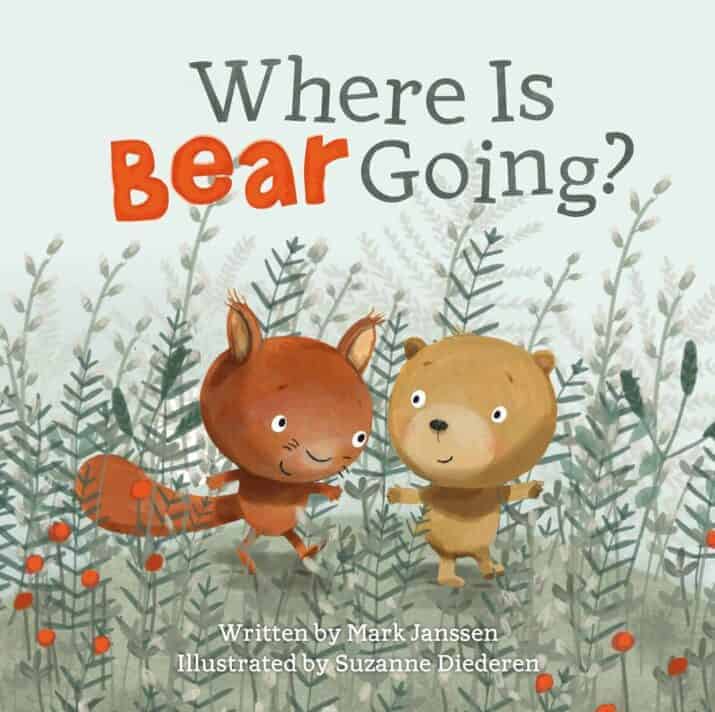
Where Is Bear Going? by Mark Janssen, illustrated by Suzanne Diederen
Bear gives readers clues about a special animal he’s going to visit… See if you can use the clues to infer just who he’s visiting! As he walks in the forest, he’s joined by other animal friends. “We are going to see a teensy-weensy mouth!” All the clues come together at the end — will you be able to make a good prediction?
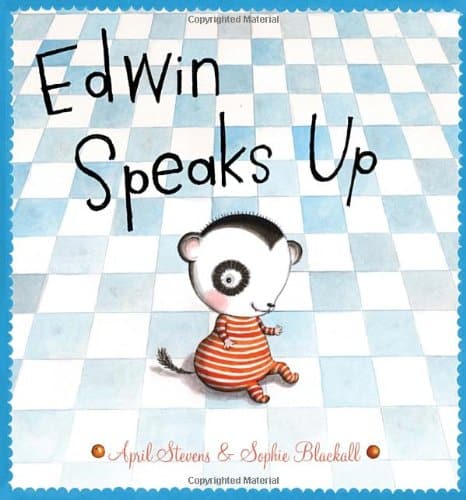
Edwin Speaks Up by April Stevens and Sophie Blackall
My kids think this picture book is absolutely hilarious! Edwin, even though he’s a baby, is one smart kid who talks a lot. The problem is his family doesn’t understand what he’s saying. We can understand (making inferences) Edwin though, even when he says, “Fringle dee ROOFY plowck.”
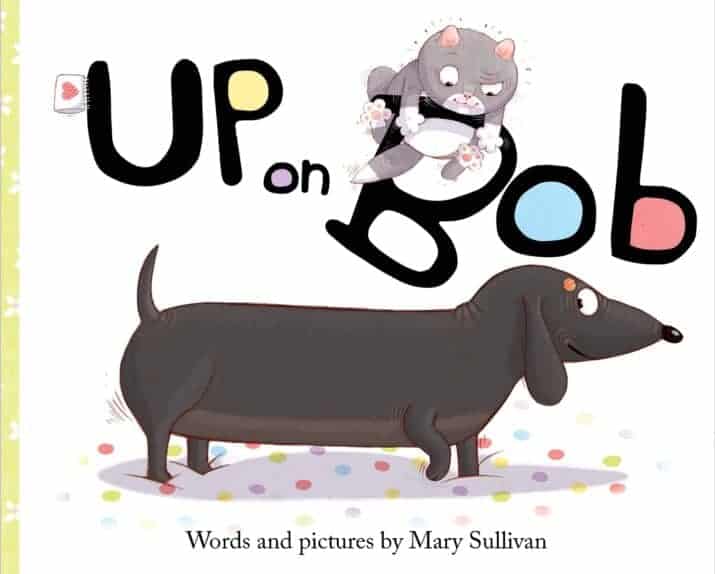
Up on Bob by Mary Sullivan
This brilliantly written and illustrated story shows readers exactly why there are pictures in picture books because they narrate so much of the story! Bob can’t take a nap because Someone is watching. And then Someone pounces. Sullivan skillfully writes word for word the second half of the story just like the first half, but it means something different. What does it mean?
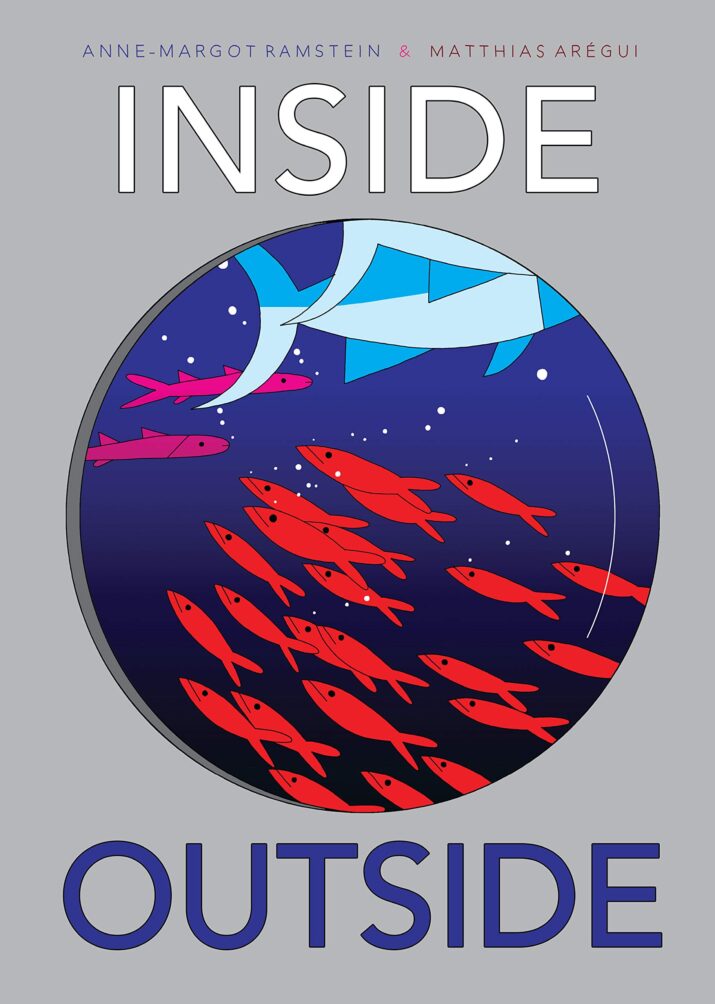
Inside Outside by Anne-Margot Ramstein and Matthias Aregui
Use this to teach perspective and making inferences. Gorgeous, oversized illustrations with no text are meant to show readers the inside and outside of something — things like inside an anthill (ants) and outside the anthill (anteater waiting.) Inside an apple is a worm on one page. The next page is a bigger perspective showing a lady about to take a bite out of the apple. Some of the illustrations aren’t perfectly clear, so this book begs readers to make inferences. It’s quite profound, reminding me a bit of David Wiesner’s wordless books.
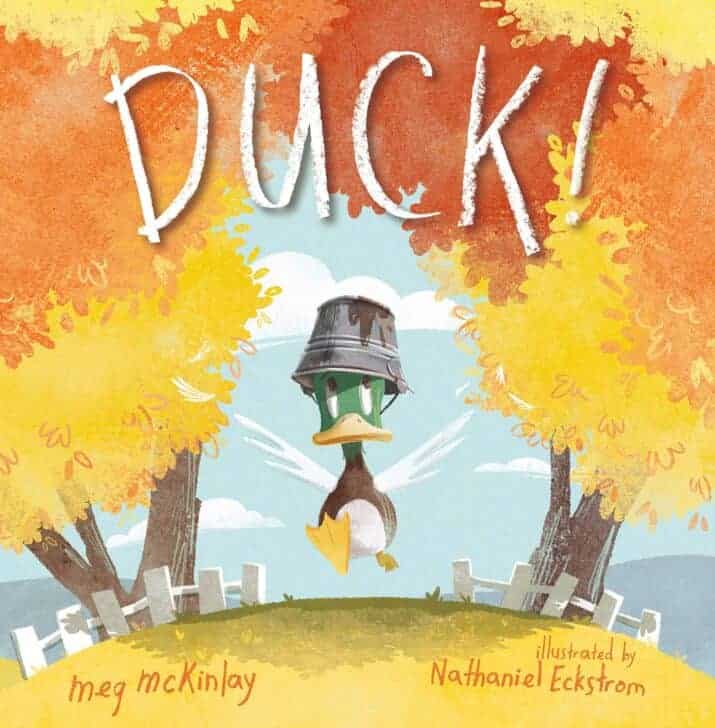
Duck by Meg McKinlay, illustrated by Nathaniel Eckstrom
So funny! All the animals misunderstand duck’s command to “duck” and get madder and madder at him. But readers are in on the secret — something is coming. Finally, Duck decides to say something different to make the animals understand. He says, “run” instead of “duck” — which works. This book reminds me of Rhyming Dust Bunnies, one of my all-time favorite picture books.
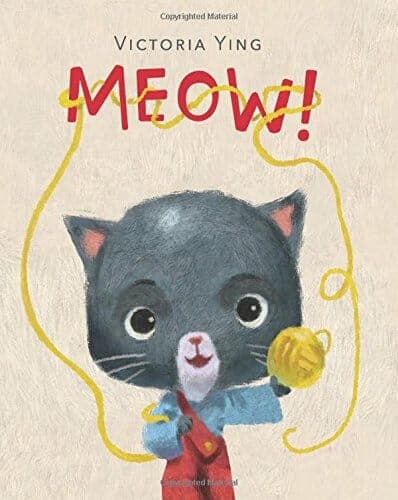
Meow by Victoria Ying
This little kitty just wants someone to play with him. He offers up a ball of yarn and asks, “Meow?” You’ll enjoy using many different voice inflections for the meows throughout this sweet story as your students consider what each meow means.
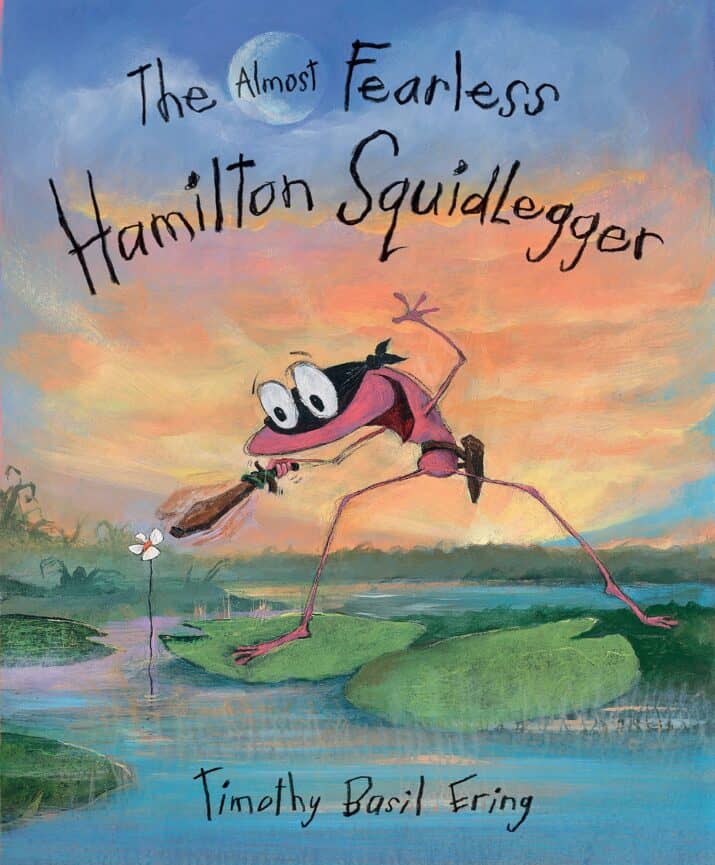
The Almost Fearless Hamilton SquidLegger by Timothy Basil Ering
Use this mentor text picture book to practice making inferences with made-up words. Hamilton Squidlegger is fearless in all things except bedtime. It will take some bravery and new monster friends and soon Hamilton will become totally fearless. Teachers, have your kids try to define the imaginary words using the context clues.
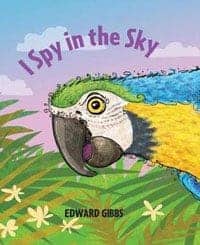
I Spy in the Sky by Edward Gibbs
Peek at the brightly colored eye area of a bird. It’s purple, has small wings, and likes to drink nectar. What is it? It’s a hummingbird! From hummingbirds to pelicans, see if you can use the clues to figure out each of these gorgeous birds.
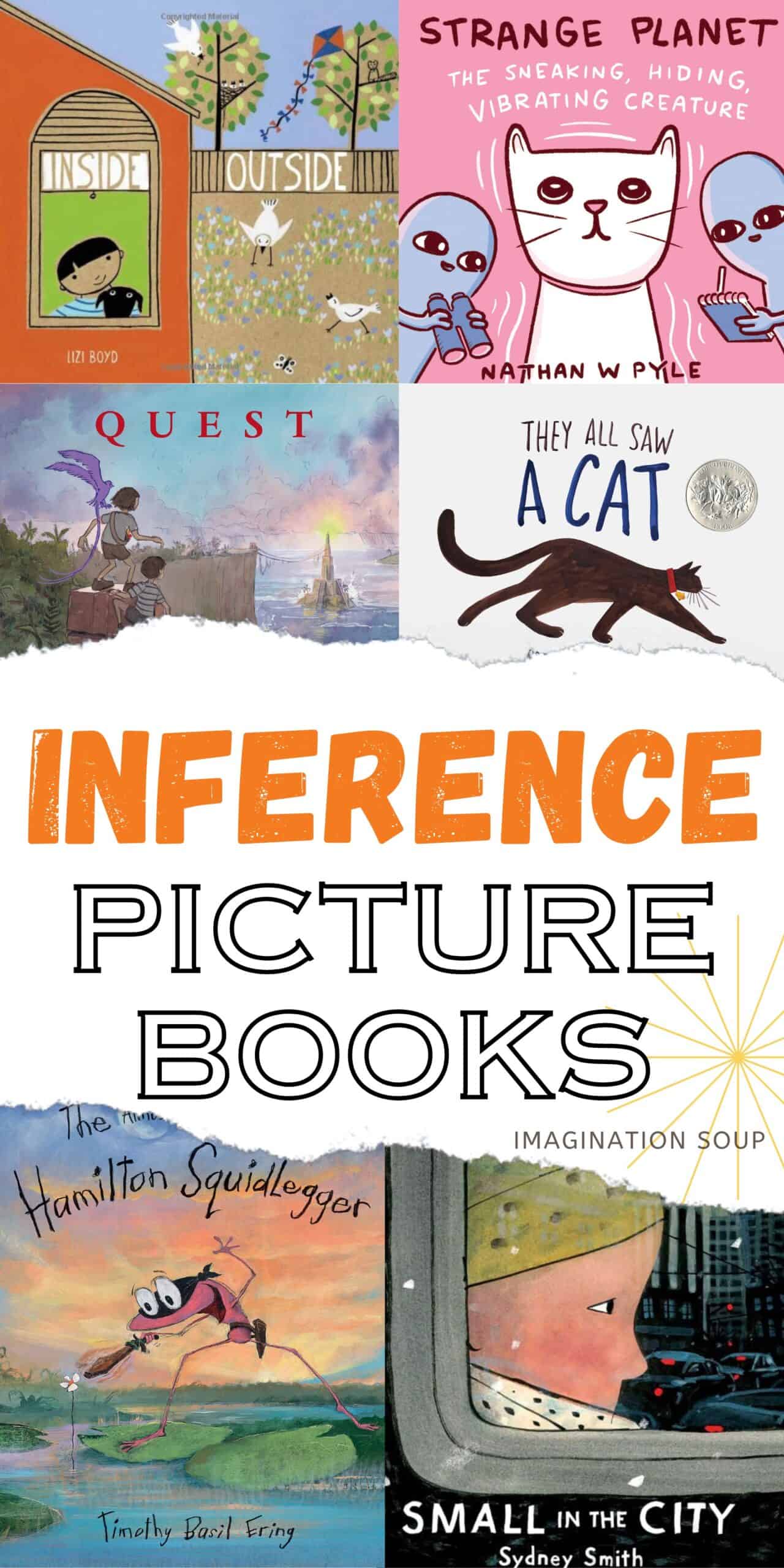
KEEP READING

 PARENTING TIPS
PARENTING TIPS PREGNANCY
PREGNANCY BABY CARE
BABY CARE TODDLERS
TODDLERS TEENS
TEENS HEALTH CARE
HEALTH CARE ACTIVITIES & CRAFTS
ACTIVITIES & CRAFTS
